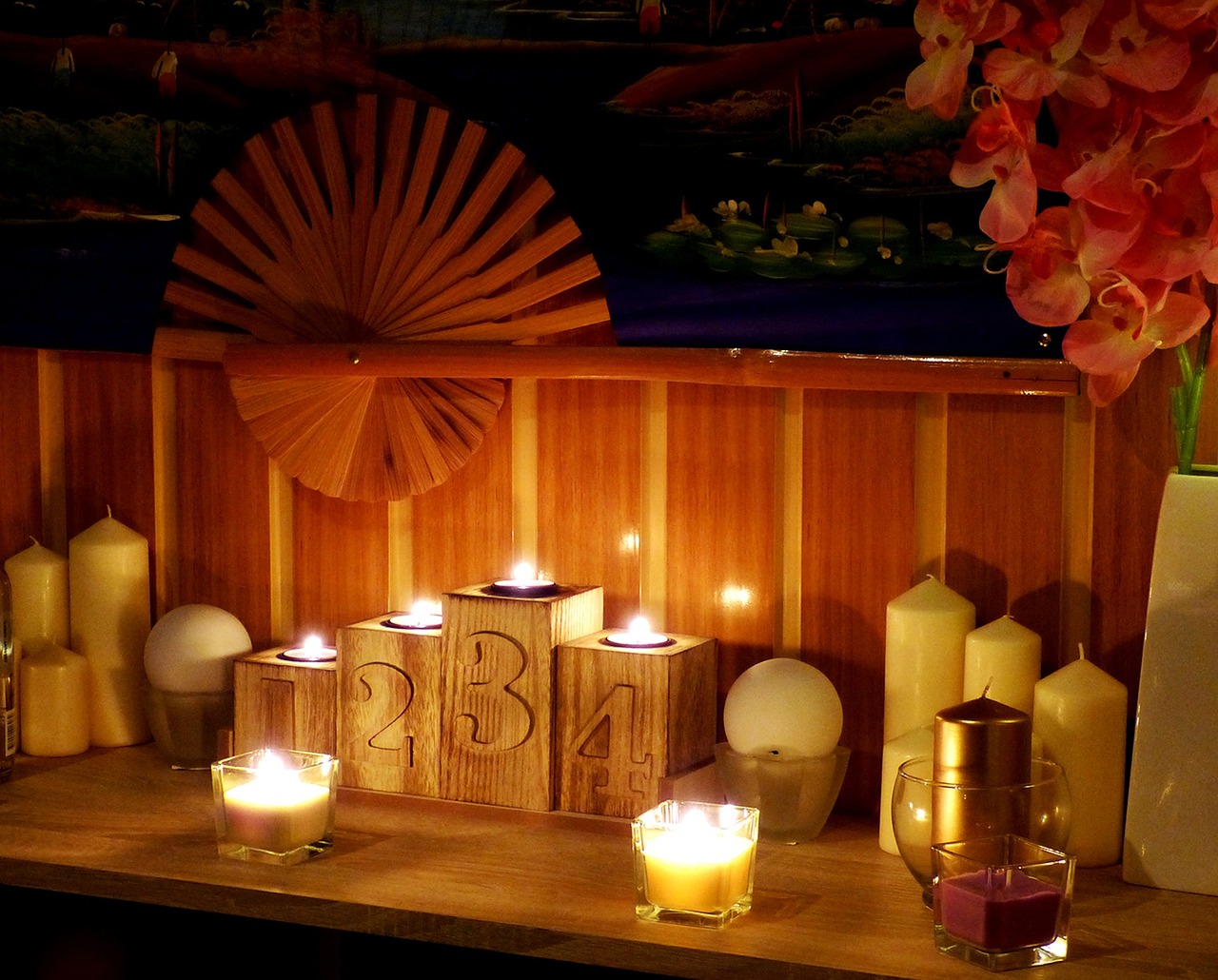Ancient Roots, Timeless Practice
Thai massage is widely recognized for its therapeutic stretching and rhythmic compression, but its significance reaches far beyond physical relief. Known in Thailand as Nuad Thai, this form of healing art is deeply interwoven with cultural, religious and philosophical traditions that trace back over two millennia. Understanding its origin story helps demystify its unique approach and sheds light on why it continues to be practiced around the world today.
Who Created Thai Massage?
Although exact records are scarce, traditional Thai medicine credits the founding of Thai massage to Shivago Komarpaj, a physician and close associate of the Buddha more than 2,500 years ago. Historical documents describe Shivago not only as a healer but as a scholar of Ayurvedic medicine from India. He is believed to have developed the foundational concepts of Thai massage by integrating Indian therapeutic knowledge, Buddhist principles and Chinese acupressure.
Practitioners in Thailand still invoke Shivago’s name during a brief chant before treatments, acknowledging the spiritual lineage of the practice.
Influences from Other Traditions
Thai massage did not evolve in isolation. It developed at a cultural and geographical crossroads, absorbing elements from surrounding regions. Three key systems influenced its growth:
-
Ayurveda (India): The concept of body energy lines (Sen Sib) is inspired by Ayurvedic nadis—channels of life force.
-
Traditional Chinese Medicine: The use of pressure points and meridians resembles acupuncture theory.
-
Theravāda Buddhism (Thailand): The focus on mindfulness, compassion, and intention during treatment reflects Buddhist values.
This integration of multiple traditions led to a unique healing system focused not only on physical treatment but also spiritual well-being.
From Temples to Treatment Rooms
Historically, Thai massage was practiced by monks in Buddhist temples. The temple complex, or wat, functioned as a spiritual and medical center, where massage was taught alongside herbal medicine and meditation. One of the most famous learning centers, Wat Pho in Bangkok, still offers training in Thai massage and displays ancient inscriptions and illustrations on stone tablets for public viewing.
As knowledge spread, the practice moved beyond temple walls, becoming a community-based tradition passed down through generations. Local healers adapted the techniques for everyday use, helping laborers, farmers and elders manage pain and mobility challenges.
Recognition by UNESCO
In 2019, Thai massage was added to the United Nations Educational, Scientific and Cultural Organization’s (UNESCO) Intangible Cultural Heritage list. This international acknowledgment confirmed what practitioners and recipients had known for centuries: that Thai massage is more than a wellness trend—it is a protected cultural practice representing a nation’s historical wisdom.
UNESCO praised Thai massage for its emphasis on “metta,” or loving-kindness, a principle central to both the treatment method and the practitioner-client relationship.
Modern Practice: Tradition Meets Innovation
Today, Thai massage is offered in clinical, spa and home settings across the world. While some adaptations have occurred to meet modern preferences—such as combining oil-based techniques or offering shorter sessions—the heart of the practice remains intact.
In recent years, 홈타이 services have gained popularity by bringing authentic Thai massage directly into homes. These mobile treatments uphold traditional methods while offering clients convenience and privacy. Learn more about available options at 홈타이.
Cultural Preservation Through Practice
For Thai people, massage is not just therapeutic—it’s an act of cultural preservation. Practitioners often receive instruction through oral transmission or local apprenticeship. The emphasis is placed not only on physical technique but also on mindset. Practicing mindfulness, humility, and attentiveness are considered as vital as mastering bodywork.
Thai massage is also intertwined with ceremonies, seasonal traditions, and family caregiving. In many rural areas, massage is still the first line of care for injuries or illness before seeking formal medical intervention.
Closing Thoughts
The story of Thai massage is one of resilience and reverence. Its foundations rest in spirituality, ancient medicine, and cultural sharing. It has moved from sacred temple floors to global spa menus, but its core values remain untouched. What began as a sacred healing art rooted in compassion and respect continues to offer both physical relief and cultural continuity.
Whether you experience it in a traditional wat, a modern studio, or through an at-home service like 홈타이, Thai massage carries with it centuries of wisdom and meaning.



